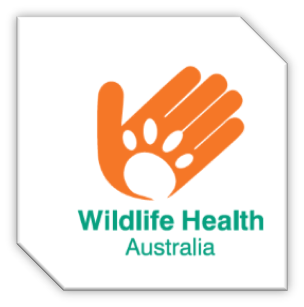Key national guidelines for wildlife health were developed to increase awareness and knowledge of risk pathways and best practices in wildlife biosecurity & health management. These resources help frontline wildlife workers in many ways, and also outline the science of wildlife disease management with options to manage wildlife diseases.
Through a cooperative initiative between Wildlife Health Australia (WHA), Australian governments and agencies, organisations and individuals with an interest in wildlife health in Australia, two key national guidelines for wildlife health were developed by WHA over a two-year period to increase awareness and knowledge of risk pathways and best practices in wildlife biosecurity & health management in Australia.
The National Wildlife Biosecurity Guidelines is a resource to help frontline wildlife workers to understand disease risks, minimise disease spread and protect individual animals, people, and free-ranging wildlife populations. The Guidelines draw together information on best practice biosecurity measures that can be applied to every aspect of wildlife work carried out by researchers, wildlife carers, wildlife managers, veterinarians, volunteers and others. Good biosecurity helps to keep wildlife, people and domestic animals safe and healthy by minimising the impacts of disease on individual animals and wildlife populations.
The National Guidelines for Management of Disease in Free-ranging Australian Wildlife is a practical document that outlines the science of wildlife disease management and describes what options might be available to manage wildlife diseases in an Australian context. The Guidelines emphasise that wildlife disease management should be undertaken as a multidisciplinary, collaborative effort, with input from a wide range of experts and stakeholders including Indigenous people. Determining what to do when a disease affects large numbers of wildlife can be challenging; written in consultation with experienced disease managers and ecologists, the Guidelines draw together existing approaches and outline considerations for choosing the approach that is right for the situation.
Wildlife Health Australia continues to monitor and evaluate the impact of the guidelines through monitoring use, dissemination and proactively seeking feedback from WHA partner agencies and other wildlife health stakeholders.
Links

